State of the Circular State
February 22, 2024
I figured one valuable thing I can provide here is my perspective on how things are going with fashion + the circular economy. I speak with different folks every week from all corners of this supply chain: material innovators, brands, digital ID vendors, collectors and sorters, resale software providers, textile recyclers, etc.
So, below are my 2 cents on how it’s looking.
Bigger Strategies
One important and exciting distinction is how brands are expanding their circular strategies beyond resale. For a few years (approximately 2019-2022) resale seemed to be the only circular strategy most brands were focused on, but now it’s getting more nuanced. There are larger, more comprehensive circular strategies being hashed out. In case you missed it, below is my post from last month giving a detailed example of a circular strategy for a brand.
What is a Circular Strategy?
I have been working for and chatting with brands who want to address design for circularity, resale, repair, recycling/downcycling- they want to make it all part of how they make and sell product. There isn’t a standard framework yet, but it’s entering into the conversation from different angles now which I find thrilling, nerd that I am.
Resale
Resale is alive and well (see note on profitability below). Brands are starting to really view resale as a new business model and treating it with more nuance. We’ve seen some big, recent launches including New Balance with software provider Archive and Filson with Trove. These two are particularly interesting in contrast because New Balance is a huge company with a devoted fan base and a more ‘middle’ price point, where Filson is a smaller company than New Balance, but they carry a higher price point and also truly stand for long-term durable goods. One of ways I test how much product is actually available is to filter down to my size and preferences. In this case, New Balance Reconsidered offered me 62 options for my gigantic lady feet- that means they have a TON of supply. I’m sure it’s a mix of returned shoes, unsold shoes, warehouse damages and customer trade-ins. My search on Filson’s Unfailing site produced 250 items of outerwear, which I also find extremely impressive.
Additionally, Treet, a resale software provider servicing over 150 brands announced an integration with Beni, the app I featured recently that helps shoppers locate used items across many platforms. Meaning, all of the products available through Treet’s 150 brand resale sites will now also be part of any Beni search for used products. That’s a great integration, benefiting Treet by offering more eyeballs for their products, and benefiting Beni by expanding the volume of searchable used products.
In terms of resale profitability, a hot topic, I see companies being successful when they leverage their resale channels to handle all non-first quality product. Anything that is sitting in their warehouse and cannot be sold on their main website should be incorporated into their resale offering. When a brand does this, they bring in a mix of profit margins from the different types of products and they are able to have a profitable program that effectively increases efficiency and lowers waste from their warehouses as well. The only exception worth mentioning is high volume excess product that belongs in an outlet. If a brand didn’t sell 30,000 of one type of t-shirt, I don’t think that kind of volume of a single product belongs on a resale site, and it may degrade the resale experience as well. Some brands already include this type of product in their resale collections, and it’s super important that it is clearly communicated so customers understand what they are purchasing.
A key question that hasn’t been fully answered yet is ‘What platform is right for my brand?’ Every brand approaching resale should do a side by side comparison of their brand’s needs and each provider’s suite of offerings. (I do this for brands if you want help.)
Repair
I see repair growing over the next many years. There continue to be exciting repair vendor launches and pivots (SOJO, The Seam, Alternew, MendIt, FIXRY, Old Flame Mending, Hemster, Retail Reworks, Tersus Solutions, Revive, Cobblers Direct, Make Aneew).
Similar to resale, a key question for every brand is what repairs do they need and which vendor offers those services? Brands can opt into a service partner who can connect their customers with local repairers on a national scale, or they can collect everything that needs to be mended and funnel to one master repair location. Different types of products require very different repair vendors. I’ve seen the best repairs done where the vendor specializes in a specific type and product. For example, I would direct an athletic outdoor company and a luxury sweater company to 2 different vendors.
Remanufacturing
I believe the remanufacturing space will grow over the next few years as well. Remanufacturing (making new things out of parts taken from existing things) is in it’s infancy. Like anything in it’s infancy, it’s expensive and it isn’t scaled- but I think it will scale and prices will come down. The values that underpin it are reuse, creativity and resource conservation, all of which are important and growing cultural values.
Companies like BVH, Make Aneew and Sew Valley are helping to create the conditions for brands to be able to incorporate existing (not new) materials in their products. I think we will continue to see more exciting products like this partially remanufactured Converse sneaker . The more companies adopt this type of process and product, the more efficient it will become and the easier it will be for more brands to try the same (a virtuous cycle).
I have also had recent conversations with three different women considering starting remanufacturing businesses, as well as brands trying to figure out how to incorporate remanufactured goods into their existing product offerings. There is growing interest here, and it’s only a matter of time before more of these products make it into the mainstream.
Textile Recycling
What to do with apparel and textiles that can no longer be used as apparel and textiles? How do we recycle and reuse them to create high value products? Yes, we can shred them all for acoustic panels and punching bag filler, but we should be creating higher value uses as well, and we are. Chemical/Advanced textile recycling is happening on a small scale with a couple of exceptions. There are many companies in this space and more every month it seems. Most of them are start ups that are trying to recycle specific types of materials and blends, and these start ups are a year or two away from proving their technology at a viable scale.
One big question that Francisco Rivera, the head of Sort and Export, a collecting and sorting operation, put into my head is, ‘What is the best thing to do with low value materials from fast fashion and other low-cost manufacturers?’ I feel confident assuming these types of materials make up the largest chunk of the textile waste stream (mostly cotton/poly blends and multi-material blends). Should we be putting massive resources into trying to sort and recycle this massive volume of clothes? Could we be evaluating it for different uses as well, beyond recycling into new textiles? Could it become feedstock for other types of products beyond apparel? I’m thinking of how TomTex uses shrimp shells to make fiber for textiles- taking waste from the food industry to make a product for the apparel industry. Could we think similarly about the vast volumes of low quality clothing that we are trying to keep from landfills? Of course there is value in fiber-to-fiber recycling, I’m not negating that, but expanding our thinking never hurts and can lead to additional methods of creatively diverting and adding value to post-consumer textiles.
Many people point to plastic and paper recycling as industries to learn from for textile recycling, which are great starting points, but also most apparel is not made of one material like plastic bottles or paper. One of our many challenges in recycling clothes, shoes and accessories is figuring out how to handle many different types of materials that make up our products. My sweater is made of wool, cotton and buttons. My shirt is cotton and buttons. My jeans are cotton, spandex, rivets and a zipper. My shoes are god knows how many materials. My socks are likely nylon and cotton. The more we can push for mono materials (only one material that makes an entire product), the easier it will be to recycle. (Some companies are working on this!)
I have also been excited to learn about some higher-value mechanical recyclers like ReSpool and The Material Return (which is part of a group of The Industrial Commons who won a $160 million dollar 10 year grant recently). Accelerating Circularity is also doing a great job creating industry coalitions to prove out mechanical recycling for cotton and poly.
Design for Circularity
Brands are slowly navigating materials and designs for circularity. This could mean creating a fully recyclable product, incorporating recycled materials and/or designing a product to be more durable and repairable. My key impression here is how difficult it is for brands to change anything about their supply chain. Most brands live and die by their supply chain- all of the farmers, mills, dye houses, cut and sew factories, etc who make their products. The idea of, for example, swapping out virgin cotton for recycled cotton is not something most mills want to try. It requires testing and experimentation (two of the most expensive words in the English language!) to make sure the new type of cotton will work with their machinery the same way the old type of cotton worked. From what I have seen and heard, there is major resistance to trying anything new. This may reflect the super tight margins most of the industry operates on. Why mess with a process if it’s already running smoothly and only makes a little bit of money? To stop that process and test something new will cost production time and money. That is one big reason I respect the innovators and experimenters. They see the long-term value in stopping their established process to try something new. Yes, you might lose a few dollars today or tomorrow, but next year you’ll be reaping the benefits. That’s how I see it.
I could draw an easy parallel to EILEEN FISHER Inc and the Renew program. There was no precedent for that program when they started it in 2009, well before I was part of that team, no precedent to take back and resell goods. Many experiments we conducted while I was there cost the company money with little return on investment. But years later and pretty much without fail, whenever I mention EILEEN FISHER Renew, people know all about it and are using it as their case study for how to launch a circular program. You don’t get to be a pioneer if you play it safe all the time.
That sounded a little trite but I’m keeping it. I hope this update was helpful.
If you need any help or want to chat, you know where to find me.
Cynthia
cynthia@moltevolte.com

